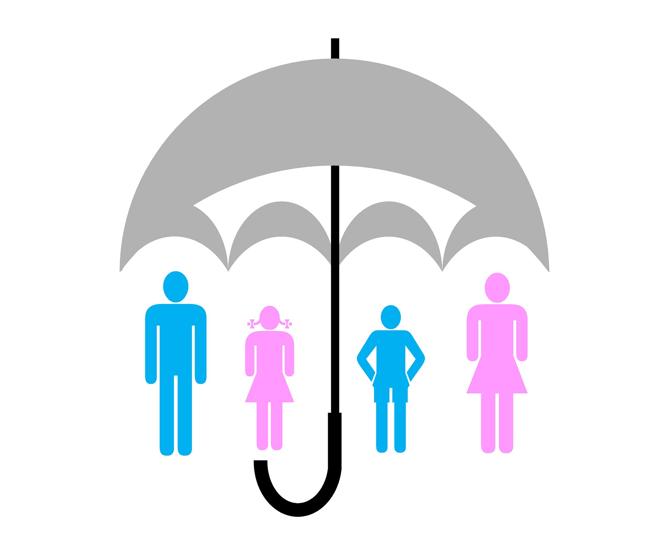Summary
Researchers from the University of Pittsburgh, University of South Carolina and Emory University have published findings in JAMA Health Forum from a recent study on coverage retention and plan switching among Americans who obtain their health insurance through HealthCare.
Source: Medical Xpress on MSN.com

AI News Q&A (Free Content)
Q1: What are the main reasons millions of HealthCare.gov participants are at risk of losing coverage due to current reenrollment policies?
A1: Millions of HealthCare.gov participants face coverage loss primarily because of complex reenrollment procedures, administrative burdens, and inadequate communication about necessary actions to maintain coverage. Studies and reports highlight that policy changes and the need for annual re-verification, combined with a lack of user-friendly processes, significantly contribute to higher rates of coverage lapses, especially among low-income and vulnerable populations.
Q2: How have health insurance coverage rates in the United States changed over the past decade, particularly after the implementation of the Affordable Care Act (ACA)?
A2: Following the implementation of the ACA in 2013, the uninsured rate among Americans under 65 dropped from 14.8% in 2012 to 8.6% in 2016, representing a reduction of 18.3 million people without coverage. However, this trend reversed under subsequent policy changes, leading to a gradual increase in the uninsured population after 2016. Cost remains the primary barrier to coverage for many individuals.
Q3: What impact do health care costs have on American families, and how do these costs influence coverage retention on HealthCare.gov?
A3: High health care costs are a significant factor influencing coverage retention, with many Americans reporting that their health plans do not meet their financial needs. Out-of-pocket expenses and premium increases can lead to individuals dropping coverage or switching to less comprehensive plans, a pattern especially evident among those using HealthCare.gov.
Q4: What are the potential health consequences for individuals who lose health insurance coverage due to reenrollment challenges?
A4: Losing health insurance coverage is associated with increased mortality, with estimates suggesting 30,000 to 90,000 excess deaths per year in the U.S. due to lack of insurance. Individuals without coverage are more likely to delay or forgo necessary medical care, leading to worse health outcomes and higher long-term costs to the healthcare system.
Q5: How do machine learning and artificial intelligence frameworks contribute to optimizing healthcare costs, according to recent scholarly research?
A5: Recent research demonstrates that machine learning and artificial intelligence frameworks, such as Markov decision processes, can optimize clinical decisions like patient discharge timing. These tools balance hospitalization costs with the risks of readmission or adverse outcomes, leading to improved cost efficiency and patient outcomes in healthcare settings (Optimal discharge of patients from intensive care via a data-driven policy learning framework, 2021).
Q6: What insights do offline reinforcement learning methods provide for policy decisions in healthcare cost management?
A6: Offline reinforcement learning methods have been shown to aid in developing effective treatment policies by analyzing historical patient data. These methods help reduce overfitting, improve clinical decision-making, and support policy development that optimizes cost management while maintaining high-quality care (Model Selection for Offline Reinforcement Learning: Practical Considerations for Healthcare Settings, 2021).
Q7: What policy recommendations have been suggested to reduce coverage loss and improve retention among HealthCare.gov participants?
A7: Experts recommend simplifying reenrollment processes, enhancing communication and outreach, and automating eligibility verifications to reduce administrative burdens. Policymakers are also encouraged to adopt strategies that lower costs for consumers, such as increasing subsidies and reducing out-of-pocket expenses, to improve retention rates and ensure continuous coverage.
References:
- Health insurance in the United States, https://en.wikipedia.org/wiki/Health_insurance_in_the_United_States
- Health insurance coverage in the United States, https://en.wikipedia.org/wiki/Health_insurance_coverage_in_the_United_States





